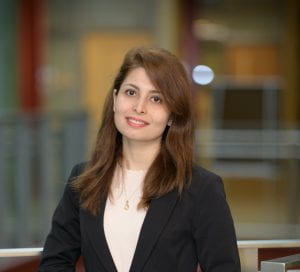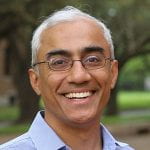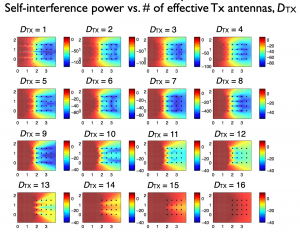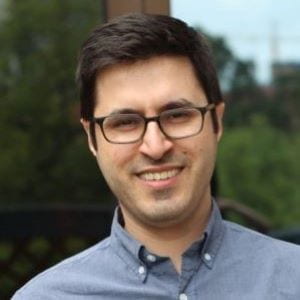 Yasaman Ghasempour will be joining the Department of Electrical Engineering at Princeton University as an Assistant Professor in 2021. She recently got her Ph.D. in Electrical and Computer Engineering from Rice University advised by Prof. Edward Knightly. She has received her Master’s degree in Electrical and Computer Engineering from Rice University in 2016 and her Bachelor’s degree in Electrical Engineering from Sharif University of Technology in Iran in 2014.
Yasaman Ghasempour will be joining the Department of Electrical Engineering at Princeton University as an Assistant Professor in 2021. She recently got her Ph.D. in Electrical and Computer Engineering from Rice University advised by Prof. Edward Knightly. She has received her Master’s degree in Electrical and Computer Engineering from Rice University in 2016 and her Bachelor’s degree in Electrical Engineering from Sharif University of Technology in Iran in 2014.
Her research interests include wireless communication and sensing, with a focus on emerging millimeter-wave and terahertz spectrum. Yasaman’s Ph.D. dissertation proposes ways to enhance directional networking by leveraging unique sensing capabilities of mmWave/THz wireless signals, namely, the ability to access a large swath of spectrum flexibly, sparse scattering, and the possibility of directionality in small form factors by using large antenna arrays or unexplored high-frequency antenna structures. She has published in Nature Communications as well as top-tier IEEE and ACM conferences and journals. Yasaman has been named an EECS rising star in 2019. She is also the recipient of Texas Instruments Distinguished Fellowship among multiple IEEE/ACM societies awards.










